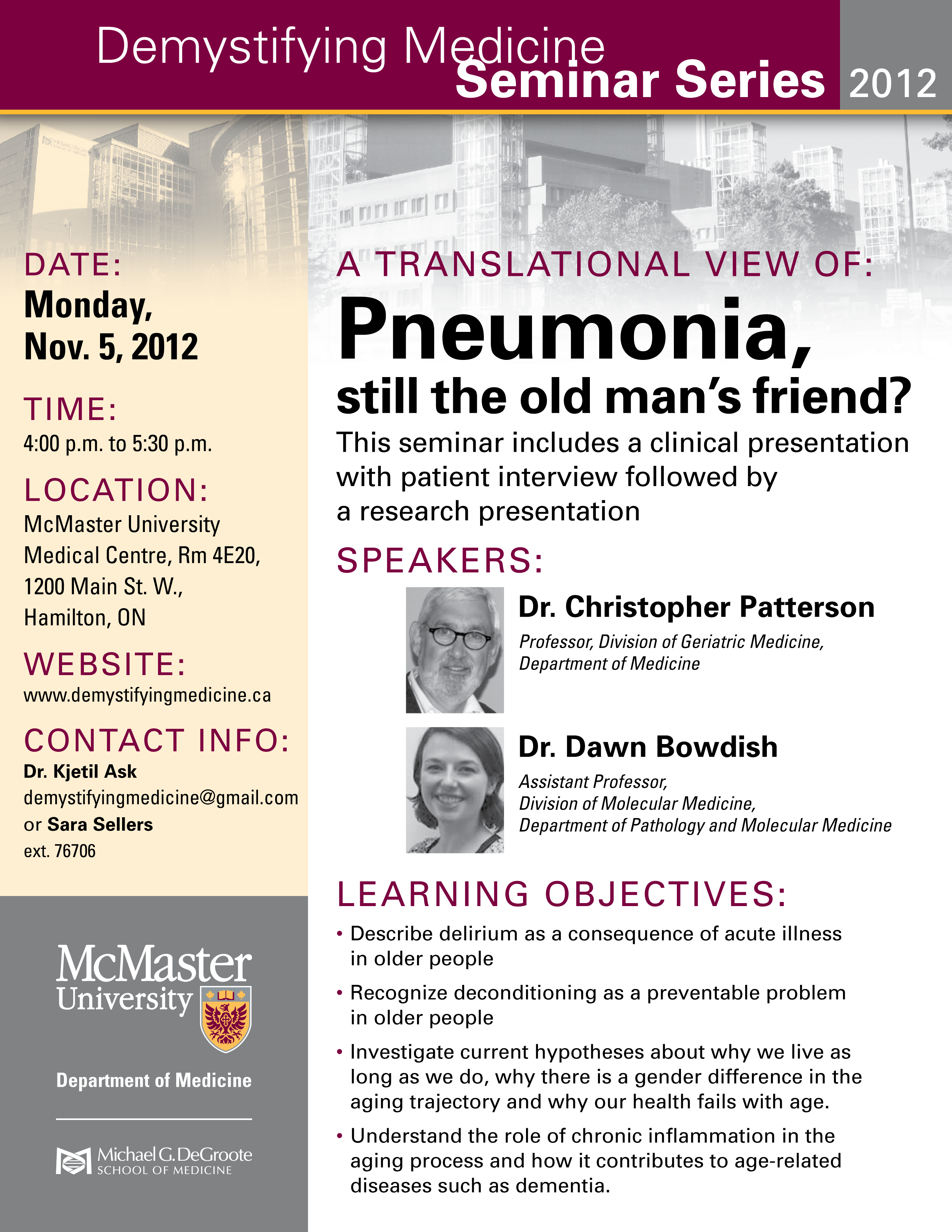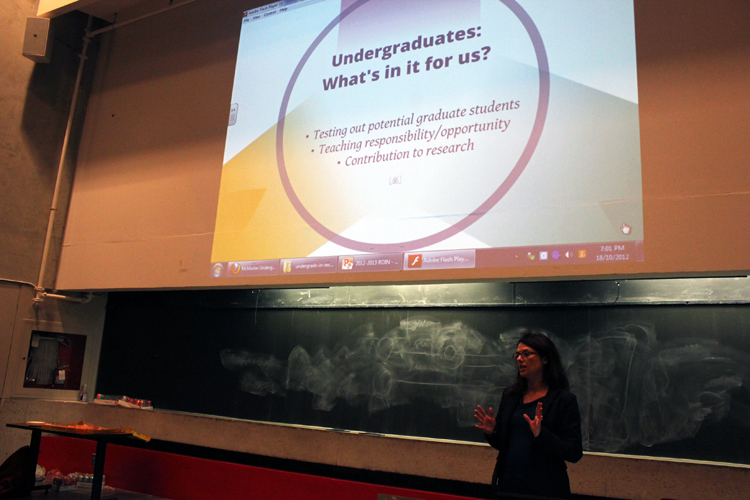I am looking forward to presenting some recent, unpublished data at the Department of Chemical Engineering at McMaster. This will be a very different audience than usual but I suspect that there will be many overlapping interests as macrophages are involved in biopolymer and nanoparticle recognition and detrimental host responses. Below is the title & abstract of the talk.
Macrophage scavenger receptors: role in adhesion, uptake & migration.
Macrophages are tissue-resident white blood cells that are essential for detection of pathogens, clearance of modified host products and recognition of foreign bodies. Macrophages recognize both host and foreign ligands via surface expressed receptors. The result of this recognition may be a pro-inflammatory response, phagocytosis, or differentiation & adhesion. Although macrophage responses are essential for host defence and tissue homeostasis, they can also be detrimental when the macrophage is unable to clear foreign particles such as implants or environmental and synthetic particles. The scavenger receptors are macrophage receptors that have the unusual capacity of recognizing modified self proteins, pathogens and foreign particulates. We aim to determine how these receptors transmit signals to the cell and how this signaling affects macrophage adhesion, phagocytosis & endocytosis (uptake) and migration.




